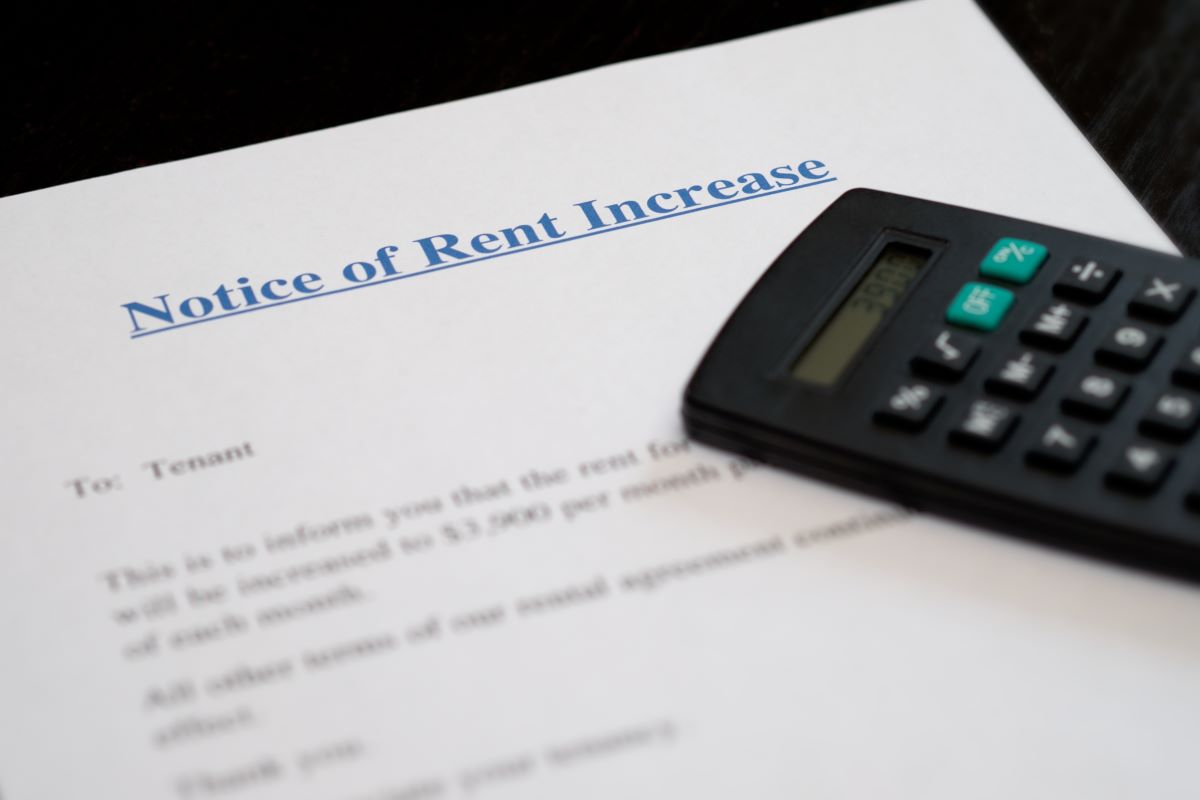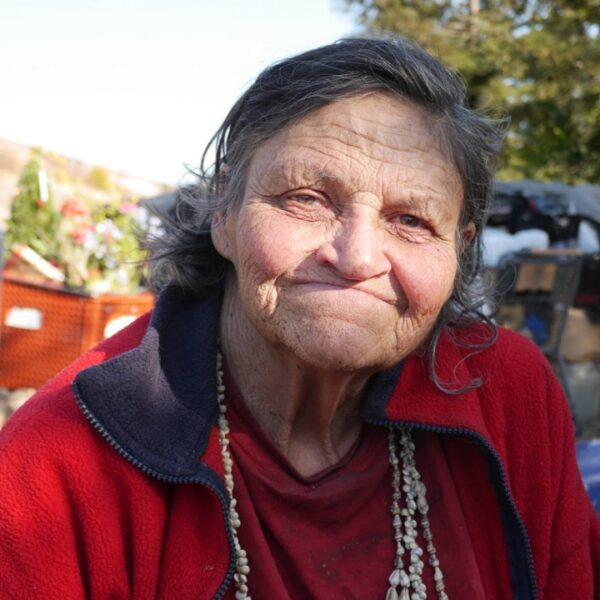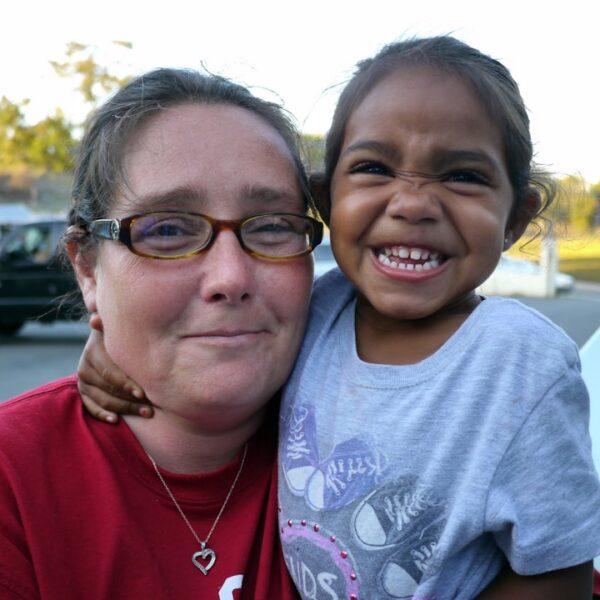The following quote was initially published in The Washington Post’s article “Inflation Is Making Homelessness Worse.” This collaborative piece perfectly explains the relationship between skyrocketing rental rates and our nation’s steady uptick in homelessness.
To quote the source material directly, the authors state:
“Every $100 increase in median rent is associated with a 9 percent increase in the estimated homelessness rate, according to a 2020 report by the U.S. Government Accountability Office. Economists say that figure is particularly troubling as rents continue to soar to unprecedented highs. The national median asking rent jumped to a record $2,002 in May, up 15 percent from $1,738 a year ago.”
The Leading Cause of Homelessness is a Lack of Affordable Housing
As many housing advocates are aware, a lack of affordable housing has plagued this country, simultaneously serving as the driving force behind the homeless crisis and the housing crisis. These two terms should be inseparable because they are so closely connected.
Underbuilding is largely to blame for this epidemic. Business Insider points to the Great Recession of 2008 as the point when construction of single-family units began to lag, detailing an unsettling, nearly decade-long trend.
It’s important to note that supply and demand play a significant role in the housing/homeless crisis, but this isn’t just as simple as overbuilding or underbuilding properties. It also comes down to the kinds of properties being constructed and whether or not these structures suit current needs.
In order to seriously reduce homelessness, the market doesn’t just need housing. It needs affordable housing specifically.
To that end, the 341 luxury condos towering vacant over New York City’s Billionaires’ Row are doing nothing to help this affordable housing crisis unless developers decide to reconstruct them into housing units that low and average-income earners can afford.
Since homelessness directly results from a lack of affordable housing, let’s dive deep into exactly what that means and why it is increasingly difficult to come by.
What is Affordable Housing, and Why Don’t We Have Enough of It?
The U.S. Department of Housing and Urban Development defines “affordable housing” as any housing that costs less than 30% of a household’s total income. When combined, rent or mortgage plus utilities must cost less than 30% of that household’s gross income (pre-taxed earnings) to be considered affordable.
It bears noting that affordable housing does not have to be a house. It also includes:
- Apartments
- Townhomes
- Condos
- Tiny Houses
- Multi-family homes
- Public assistance housing communities
- Mobile homes, etc.
This is why advocates discuss the lack of affordable housing and refer to this in measurements of units as opposed to houses.
Most affordable housing is comprised of rental units priced below the market rate. From this perspective, it’s easy to see that rental prices play a central part in the existence or absence of affordable housing nationwide.
Data reflects an astonishing 118% increase in home prices over the past 50 years, which has been adjusted for inflation. In stark contrast, when wages are adjusted for inflation, the data shows they’ve risen only 15%.
This is important because it shows that while we, as a nation, began underbuilding housing following the Great Recession of 2008, we’ve been underbuilding affordable housing units far longer, to the tune of approximately 50 years. That half-century of underbuilding affordable housing units has left us with a deficit of 7.2 million affordable homes.
A New Class of Homelessness: Everything is Rising Except the Wages
Post-pandemic rent hikes are astronomical. We now have economists admitting that these financially burdensome practices negatively influence homelessness rates.
Shelter workers interviewed by The Washington Post’s investigative reporters claim that in the past, families and individuals seeking refuge in the homeless shelter system were often newly unemployed, underemployed, or experienced a sudden and immediate loss.
Now, just two short years after the international health crisis COVID-19, those same workers warn of a new class of homelessness coming through their doors. These are people and families with steady employment who can’t stay afloat in the rising economic tide replete with inflated gas and grocery prices and ever-escalating rental costs, particularly now that temporary stimulus packages have tapered off into thin air.
High rental prices broke records not once or twice but 17 times in a row. That’s nearly a year and a half of record-breaking highs for landlords, much to the detriment of renters. What’s more? 72% of landlords surveyed spoke of intentions to continue the disturbing trend and raise the rents again next year.
With so many Americans confused about what’s truly driving the homeless crisis, who’s to stop them?
Talk To Your Representatives About Building More Affordable Homes
With affordable housing in such short supply, millions of rent-burdened Americans face the harrowing prospect of homelessness simply because they’re in no position to barter.
As you can see from the figures above, even meager rent hikes of just $100 can drive many people into homelessness regardless of their current position or status of employment. Meanwhile, year-over-year rental increases have reached double digits in many metropolitan areas.













